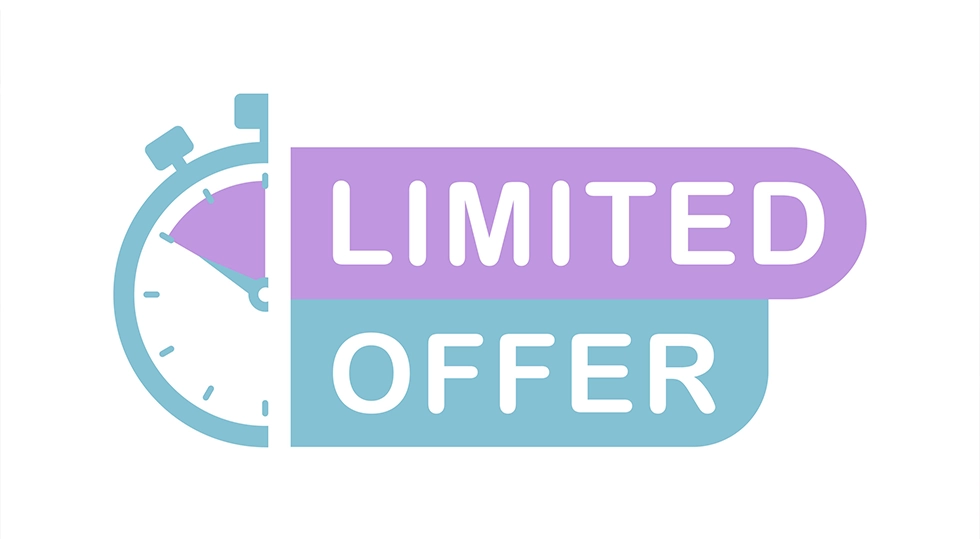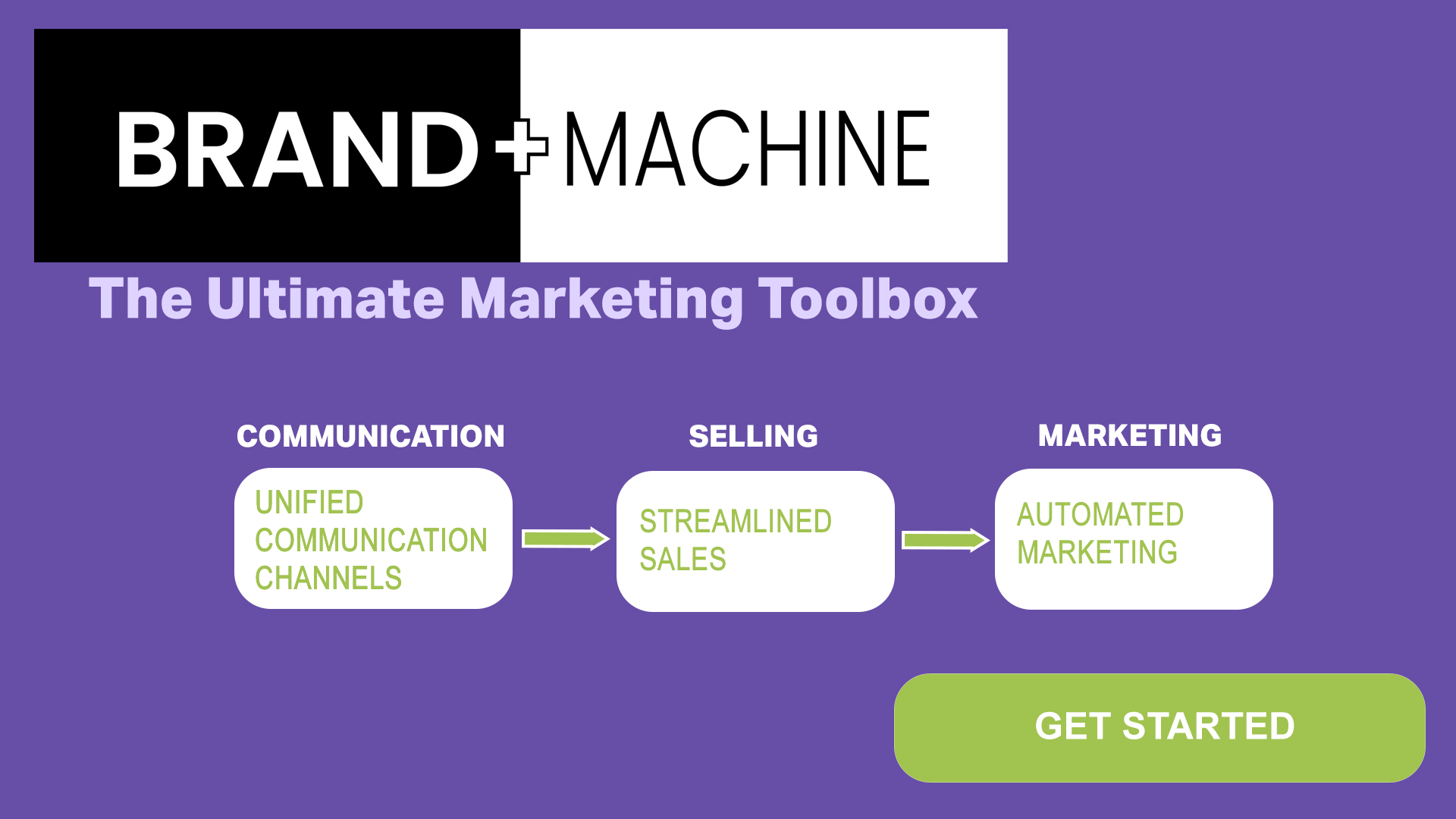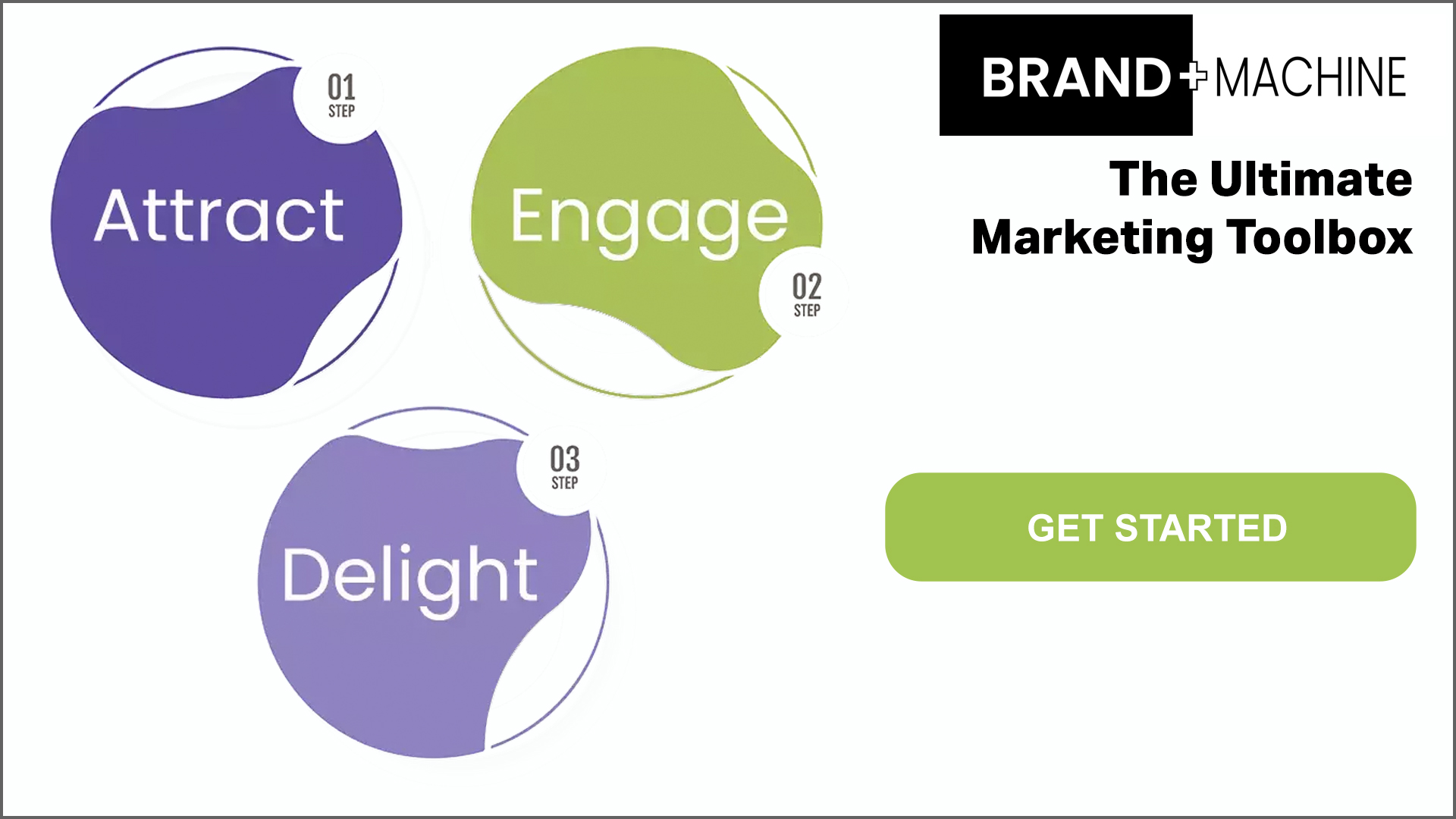Using scarcity on your website can make people feel like they’ve got to act fast. Let’s see how businesses could use scarcity in a down-to-earth way, how to talk about it, test it out, make it better, and watch out for some common mistakes. Just some easy tips for getting the results you’re after.
Communicating Scarcity Effectively
1. Highlight Limited Availability
Scarcity thrives on the concept of limited availability. Clearly state the number of items left in stock or slots available. Phrases like “Only 10 spots remaining!” or “Last chance to get 50% off!” work well. Incorporate progress bars and low-stock indicators to convey scarcity visually.
Highlight the scarcity of your product or service by clearly stating the limited quantity available. Phrases like “Limited Stock” or “Only 5 units left” create a sense of urgency and exclusivity.
2. Emphasize Time Constraints
The ticking clock is a potent motivator. Include a countdown timer for limited-time offers or early bird pricing. Countdown timers convey urgency and visually intensify the desire to make a decision promptly.

3. Offer Exclusivity
Humans inherently desire exclusivity. Offer limited-edition products or early access to new features to make people feel like they’re getting something special. Exclusivity adds perceived value and heightens the sense of urgency, as customers fear missing out on a unique opportunity. You can offer exclusive access to certain features of your product, e.g. Get lifetime access if you renew your subscription in the next 7 days. You could offer exclusive access to content like ebooks, guides, webinars or even expert 1-ON-1 consultations.
4. Be Transparent and Genuine
The foundation of effective scarcity marketing lies in transparency and genuineness. Avoid manipulative tactics or false scarcity. Maintain a balance; too much scarcity can backfire and lead to a loss of trust. Ensure your landing page feels genuine and not overly aggressive.
Implementing Scarcity on Your Landing Page
When you talk about product scarcity, it’s more convincing to say there used to be plenty, but due to high demand, only a few are left. If you suggest that only a few were ever available, it’s not as effective in encouraging sales.
Scarcity taps into the psychological principle of the fear of missing out (FOMO), driving action and increasing conversion rates. Here are some key strategies and tactics for effective scarcity communication:

TOOLS
1. Flash Sales
Introduce flash sales with deep discounts for a short period. Flash sales create a spike in interest and urgency, prompting users to act quickly to secure the discounted price.
2. Early-Bird Offers
Encourage early adoption by offering special incentives to early customers. Early-bird offers to tap into the desire for exclusive benefits, driving initial interest and action.
3. Countdown Timers
Countdown timers visually reinforce the limited timeframe for an offer. They are dynamic and impactful, reminding visitors of the ticking clock and the urgency to act.
4. Notification Alerts
Implement notification alerts to inform visitors about low-stock or limited-time offers. Real-time alerts create a sense of immediacy and encourage users to take action before missing out.
5. Scarcity Language
Incorporate scarcity language in your messaging, such as “Hurry, Limited offer” or “Act now, before it’s gone.” Use persuasive language that communicates urgency without being overly aggressive.

6. Social Proof
Highlight social proof, such as testimonials or reviews, to reinforce the popularity and demand for your product. Social proof creates a sense of credibility and further emphasizes scarcity.
Testing and Optimization
The most effective use of scarcity involves thorough testing and optimization. Employ tools like A/B testing, heat maps, analytics, and surveys to measure their impact on critical metrics. Experiment with variables like type, amount, location, design, and wording of scarcity elements. Continuous testing ensures you refine and maximize the effectiveness of scarcity tactics for your specific audience and offer.
How to Test and Optimize Scarcity Elements:
1. A/B Testing
Compare different landing page versions to determine which scarcity elements resonate best with your audience.

2. Messaging Variation
Experiment with different messaging styles to understand what language creates the most urgency without being perceived as manipulative.
3. Visual Elements
Test the visual impact of scarcity elements, such as countdown timers or low-stock indicators, to identify the most compelling design.
4. Limited-Time Offers
Explore variations in the duration of your limited-time offers to see how different timeframes impact user behaviour.
5. Quantity Scarcity
Test variations in how you communicate limited quantities, using specific numbers or broader ranges, to assess their impact.
6. Segmentation Testing
Segment your audience and tailor scarcity messages based on their behaviour and preferences. Test the effectiveness of personalized messaging.
7. Communication Channels
Experiment with different communication channels, such as email, social media, or website banners, to understand where scarcity messages have the most significant impact on your audience.
8. Frequency of Scarcity
Assess the impact of the frequency at which you introduce scarcity on your landing page. Experiment with how often you showcase limited-time offers or low stock to find the optimal balance that maintains urgency without overwhelming visitors.
9. Urgency Level
Test different urgency levels in your messaging. Determine whether a more subtle approach or a more assertive tone resonates better with your audience while still conveying the urgency associated with scarcity.
10. Customer Feedback
Actively seek and incorporate customer feedback regarding your scarcity tactics. Understand how your audience perceives the urgency created by scarcity and use their insights to refine your approach.

11. Tracking Metrics
Establish key metrics to track the performance of your scarcity-driven campaigns. Monitor conversion rates, click-through rates, add-to-cart, and other relevant metrics to gauge the effectiveness of your scarcity elements.
12. Continuous Optimization
Recognize that optimization is an ongoing process. Regularly analyze results, implement insights gained from testing, and adapt your scarcity strategies based on evolving consumer behaviour and preferences.
Regular analysis of results contributes to the long-term success of your scarcity-driven marketing strategy.
Pitfalls and Mistakes to Avoid
While scarcity can boost conversions, it’s vital to use it genuinely to maintain brand reputation and customer trust. Avoiding common pitfalls is crucial for the ethical and practical application of scarcity marketing.
1. False Scarcity (Be Genuine)
The cornerstone of successful scarcity marketing is authenticity. Avoid creating false scarcity, as misleading customers can harm your brand reputation and erode trust.
2. Inconsistent Messaging
Ensure consistency in your messaging across all channels. Misalignment in communication can confuse customers and dilute the impact of your scarcity strategy.
3. Overusing Scarcity Tactics
Striking a balance is critical. Overusing scarcity tactics can diminish returns and make your audience skeptical. Be strategic in your approach, using scarcity where it genuinely adds value.
4. Using Ambiguous or Vague Terms
Clear communication is crucial. Avoid using ambiguous or vague terms that may confuse your audience. Transparency builds trust and enhances the effectiveness of your scarcity marketing.
5. Ignoring Customer Feedback
Customer feedback is a valuable source of insights. Ignoring or neglecting customer opinions can lead to missed opportunities for improvement and refinement of your scarcity tactics.
6. Lack of Clarity
Be crystal clear in your messaging. Lack of clarity can lead to misunderstandings and may dilute the urgency associated with scarcity.
7. Exaggerated Claims
Avoid exaggerating claims about limited stock or time. Be truthful and realistic in your communication to maintain credibility.
8. Poor Planning
Effective scarcity marketing requires careful planning. Properly planned campaigns may result in clarity and reduced impact. Plan strategically to maximize the effectiveness of your scarcity tactics.

9. Unrealistic Deadlines
Setting unrealistic deadlines can lead to customer frustration. Ensure that the timeframes communicated align with actual availability and don’t create false expectations.
10. Limited Customer Support
Adequate customer support is crucial, significantly when leveraging scarcity. Address customer inquiries promptly and efficiently to enhance their overall experience.
11. Ignoring Legal Compliance
Ensure that your scarcity marketing adheres to legal requirements. Misleading claims or practices can lead to legal consequences and damage your brand reputation.
12. Ignoring Customer Experience
The overall customer experience should be a priority. Scarcity should enhance, not detract from, the customer journey. Consider how your tactics impact the overall experience and adjust accordingly.
Always be truthful, transparent, and attentive to customer feedback. Striking the right balance between scarcity and customer value is critical to a successful and ethical marketing approach.

Additional Considerations
Scarcity should be targeted and personalized. Customers who have shown interest or taken action are more responsive to time-scarcity messages. In B2B marketing, transparency and detailed information about essential features are often more valued than focusing solely on benefits. A/B testing and continuous optimization remain critical for long-term success.
Scarcity marketing can significantly boost landing page conversions when used authentically. By avoiding common pitfalls, continuously testing, and maintaining transparency, you can create a compelling sense of urgency that resonates with your audience and drives action. The right balance between scarcity and customer value is the key to ethical and effective marketing.


